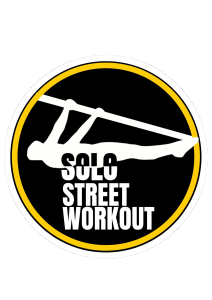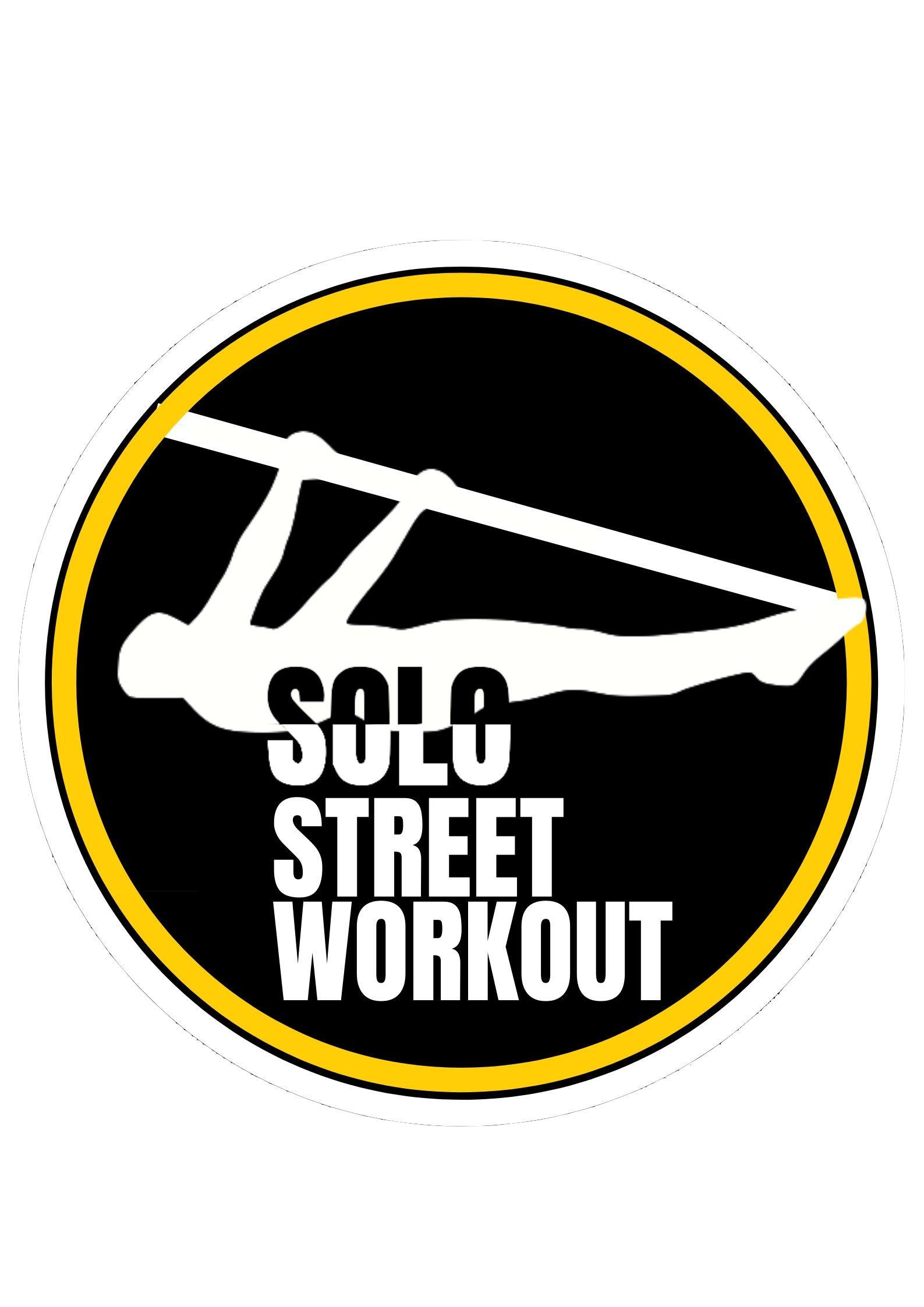CALISTHENICS WORKOUT ROUTINE TYPES
YOU NEED TO KNOW
Choosing the right type of routine is one of those questions every calisthenics athlete asks themselves—and not only at the beginning. There are many ways to train, each with its own pros and cons. In this article, I’ll go over the three most common training methods in Street Workout and Calisthenics: FULL BODY ROUTINES, MUSCLE GROUP SPLITS, and CIRCUIT TRAINING.
FULL BODY CALISTHENICS ROUTINES
This method trains your entire body in one session. In a proper full body routine, the basics should dominate (pull-ups, dips, push-ups, handstands…), since they hit multiple muscles at the same time. You can add accessory exercises to strengthen areas that tend to lag behind.
When it comes to periodization, it’s recommended to leave one rest day between sessions. That’s because high-intensity compound exercises put a lot of stress on the nervous system. Make sure you rest enough to get the most out of this training system.
This type of routine is highly recommended for beginners, who don’t need to focus so much on the volume given to a single muscle, but rather on the overall frequency and intensity of training. Still, it’s a completely valid way of training for advanced athletes too—although it’s best to include accessory work to prevent certain muscles from falling behind.
| PROS | CONS |
| Muscles are trained more frequently throughout the week. | Puts more stress on the nervous system, so rest days are mandatory. |
| Longer recovery time between sessions (usually around 48h). | Doesn’t allow you to isolate muscles as much as other types of training. |
| Easier load progression (since fewer exercises are used). | Some muscles may lag behind if accessory work isn’t included. |
| Compound exercises are prioritized—they’re more demanding and therefore lead to greater gains. | For advanced athletes, it can be a limiting method—especially if the goal is muscle hypertrophy. |
| Higher calorie expenditure. | Even though there aren’t that many exercises, mastering proper technique requires an adaptation period before you can perform them correctly. |
| Easier to learn since there are fewer exercises (perfect for beginners). | Since you’re always using the same or similar exercises, it requires proper planning to get the most out of your sessions and avoid plateauing in the mid/long term. |
MUSCLE GROUP SPLIT ROUTINES
Split routines allow you to train muscles in isolation, reaching a higher intensity for each one. This training style is recommended for intermediate or advanced athletes, since organizing the exercises isn’t always simple. You first need to learn the basics about your own recovery, how much frequency you want to give each muscle, which muscles are more developed and which are lagging behind, and set clear, realistic goals. In short: you need to know yourself and plan smart. Of course, knowledge matters in any type of routine, but full body training makes things easier in many ways.
In Street Workout, training by muscle groups is simpler compared to other disciplines. That’s because the set of basic exercises we use isn’t that large—no matter how much people want to compare it with the gym, the truth is the options are much more limited. But as I said, that actually makes things easier.
If you want to follow a split routine, I recommend dividing your sessions into PUSH and PULL days: one session focused entirely on push movements, and the next on pull. That’s what most athletes who train this way do, and it’s the most practical approach. Of course, you can organize it however you want and combine exercises as you see fit.
Here’s an example of a simple split routine:
-
DAY A – PUSH: pike push-ups (warm-up), handstand push-ups, bar dips, parallel bar dips, triceps extensions (skull crushers), push-ups.
-
DAY B – PULL: Australian pull-ups (warm-up), muscle-ups/explosive pull-ups, pronated pull-ups, bar rows, supinated pull-ups, isometric holds.
-
DAY C – REST, then repeat.
| PROS | CONS |
| Isolated work that allows you to give a stronger stimulus to a specific muscle (greater pump). | Low frequency per muscle. There’s usually too much time between workouts for the same muscle group. |
| You can prioritize certain muscles you’re interested in and keep others on maintenance if they’re not part of your goals. | Compound exercises are often left aside in favor of isolation work, in some cases. |
| You’ll be able to fit in more training sessions throughout the week. | These routines aren’t easy to organize—you’ll need some learning time or someone to guide you. |
| The nervous system isn’t as stressed since the loads are usually lighter. | More exercises are used, which means there’s more to learn and it will take longer to master the technique and apply it correctly. |
| It’s harder for muscles to fall behind, and if they do it’s usually due to poor programming on your part—or simply because you chose to. | Lower calorie expenditure compared to other methods. |
CIRCUIT TRAINING
This method is based on functional exercises that you’ll choose depending on your needs and the muscle groups you want to target. Most commonly, you train the whole body, although you can also isolate specific areas (for example, an abs circuit). Once you’ve picked the exercises for your circuit, you’ll need to decide how many rounds or cycles you’ll complete in a single session. One round is finished once you’ve gone through all the exercises.
The key to circuit training is playing with intensity by keeping the rest periods short and using medium-effort exercises. Rest times should be around 45 seconds between exercises, and about 3 minutes between rounds. As your capacity improves, you can gradually shorten these rest periods to increase the challenge.
| PROS | CONS |
| You generally work most muscle groups in a single session. | Doesn’t create the same stimulus as focusing on a single muscle group. |
| Higher calorie burn due to the intensity of the circuits. | Exercises are less intense compared to other types of training. |
| Easy to adapt to any level. | For intermediate/advanced athletes, overusing circuit workouts may not provide the stimulus they really need. |
| Time-efficient, since circuits are usually completed in less time than typical full body or split workouts. | This time-saving aspect can be fine at first, but as you improve you may find yourself needing a longer routine. |
| If the circuit is very dynamic, you’ll need decent cardio to keep up. | In other types of training, cardio plays only a secondary role. |
As you can see, circuit training can resemble both full body training and muscle group splits, depending on the approach you want to take. What really changes is the format. I usually recommend this style of training for beginners who find it difficult to follow other types of routines.
That said, in my opinion, the ideal setup would be around 80% full body or muscle group split sessions, and about 20% (one day a week or once every 10 days) dedicated to circuit training. This way, you give your body a different stimulus, break the monotony, and make workouts more enjoyable—helping you build long-term consistency.
I hope this article has given you a clearer idea of the most common routines used in Street Workout and Calisthenics. If you’ve got any questions, feel free to drop them in the comments below. Cheers!





Leave A Comment